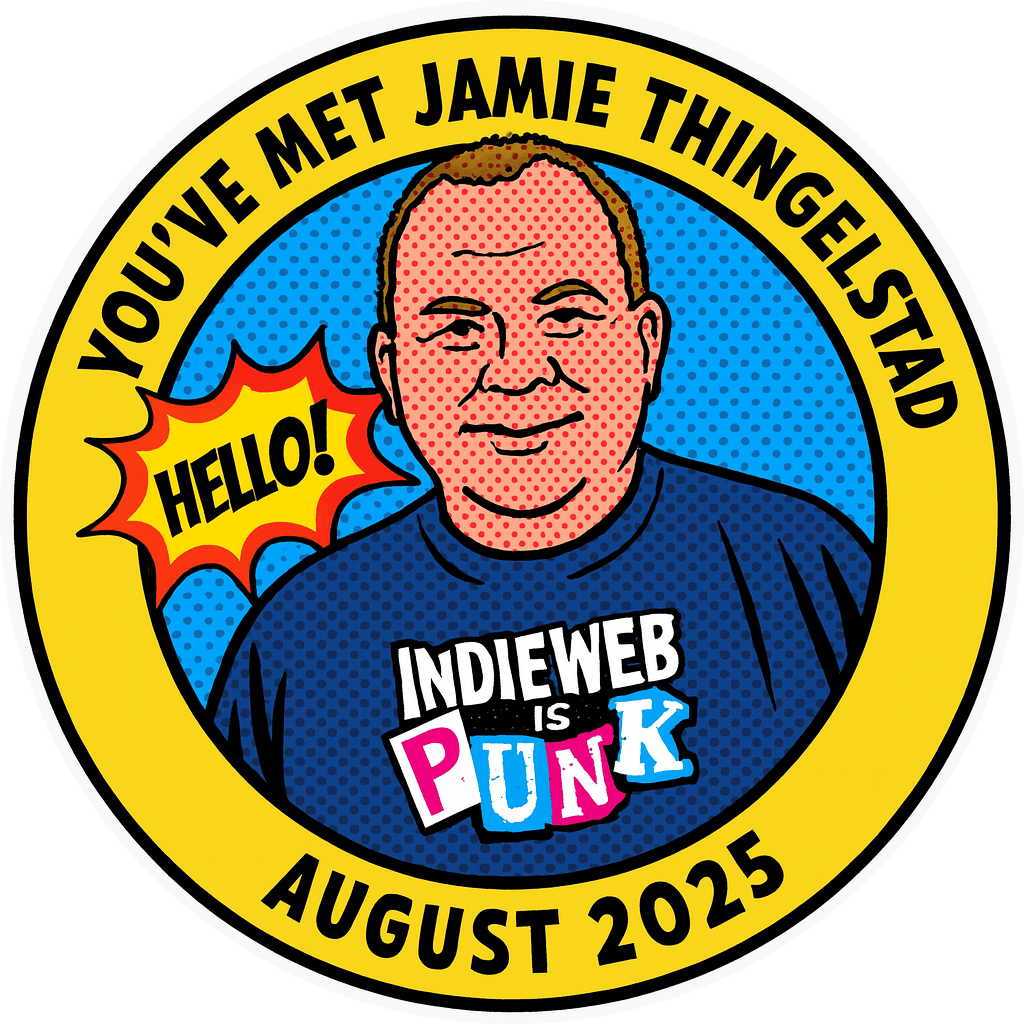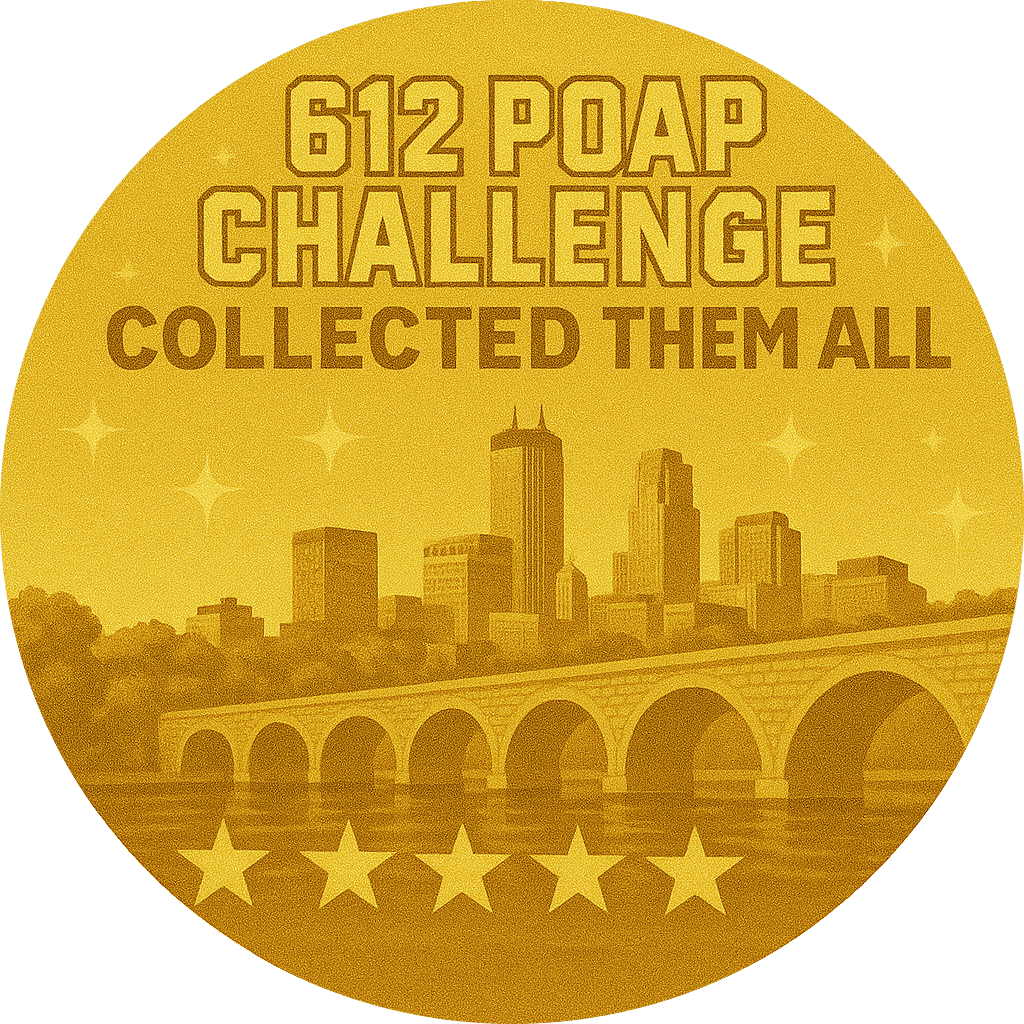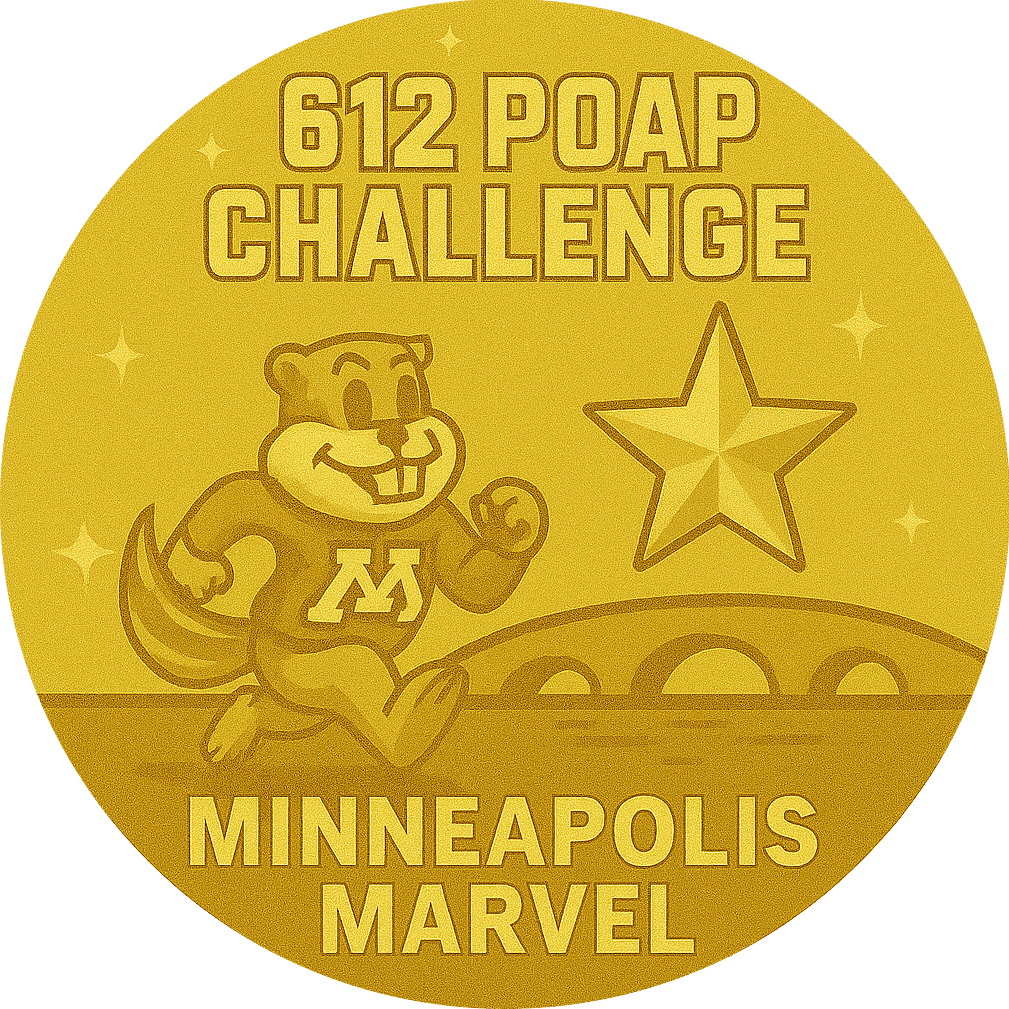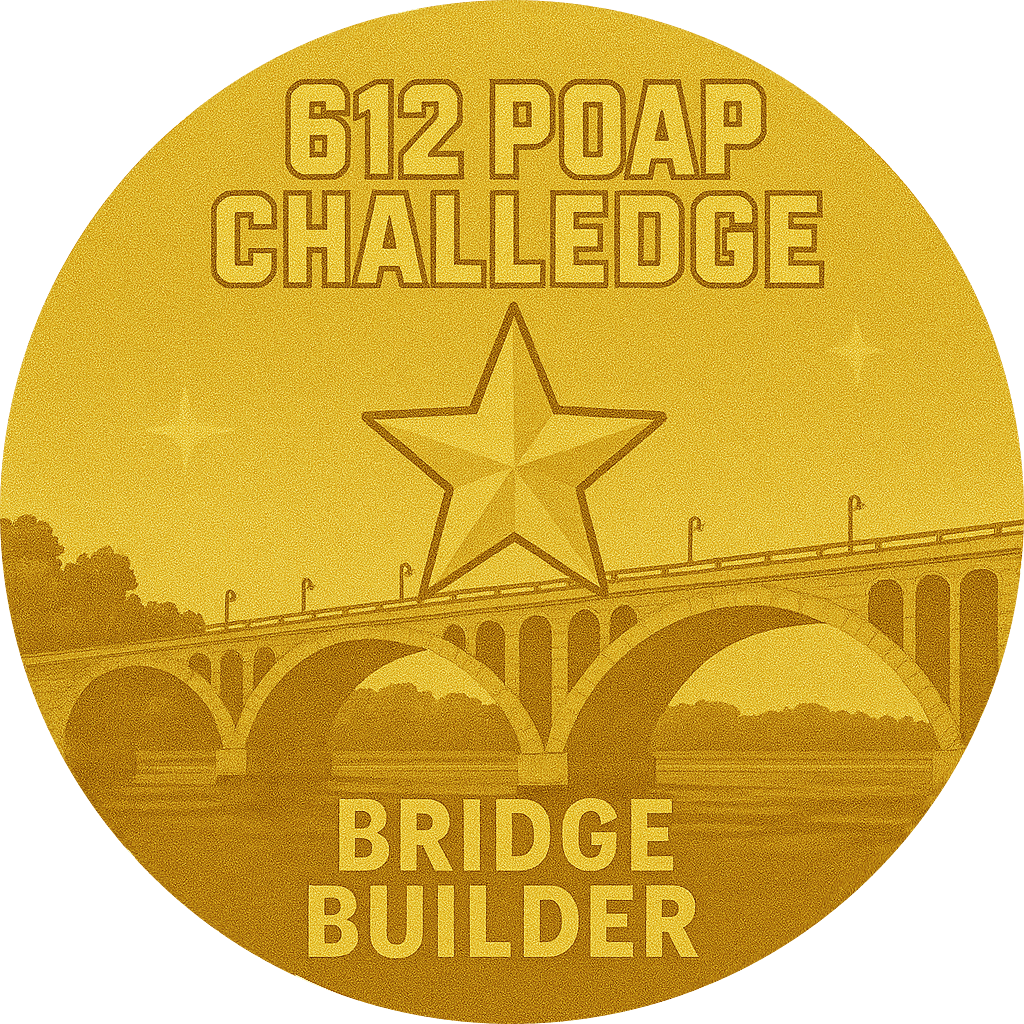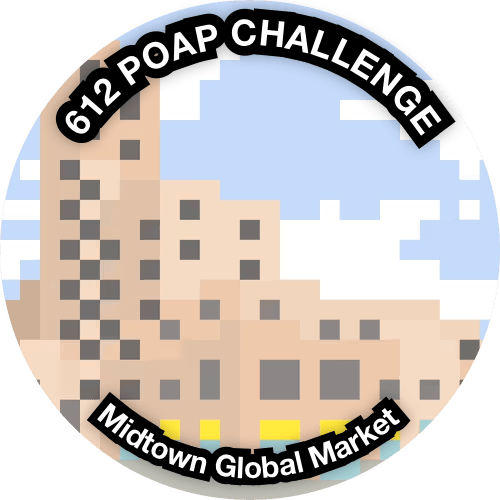Crypto
Forays into blockchain, NFTs and POAPs live here. I write about minting POAP tokens at family events, celebrating Ethereum’s 10‑year anniversary by creating an NFT and even using monitoring services to keep my POAP feeds up and running.
POAP 7529645 at Weekly Thing — Reddit Revival.

POAP 7529255 at Things 4 Good – 2026 Scent Survey.

Having fun preparing for the Things 4 Good 2026 Scent Survey. I have 10 new scents ready for folks to check out and share their feedback over the holidays. A special POAP to all who participate. This is how we added Charcoal Rose last year.
POAP 7521420 at Horizon Oracle Finance Go Live.

Farewell Ponder and Weekly Thing Forum
In September 2023, I introduced the Weekly Thing Forum with the hope of creating a space for readers of the Weekly Thing to connect with each other and continue topics that may have started in the Weekly Thing. The Forum itself is hosted on Ponder, which aligns closely with the ethos of the IndieWeb and the Weekly Thing. Recently, Good Enough, the makers of Ponder, announced that Ponder is being shut down. With that, the Weekly Thing Forum is also going to come to an end.
In the two years of the Forum, we had 86 people join and 107 discussions. We shared some exclusive POAPs, experimented with some different things, and did many other things. I briefly considered finding a new home for the Forum, but nothing made much sense. If folks really have an itch for that, there is the (very quiet) Weekly Thing subreddit at r/WeeklyThing.
I want to thank the gang at Good Enough for taking a run at something like Ponder. I also applaud that they gave everyone the ability to download a usable HTML archive of any groups on Ponder, as well as to delete their group’s data. They kept their focus on those core values even when things weren’t going the way they wanted, and I applaud that.
I will bring back the “Reply All” section whenever it makes sense. That will bring conversations that arrive in my mailbox from issues back into the newsletter at times. As a final nod and Thank You to Ponder, I decided to create a Farewell Ponder POAP and share it with users of the service. If you would like one, send me an email and I’ll get you a claim code!
POAP 7496955 at Farewell Ponder.
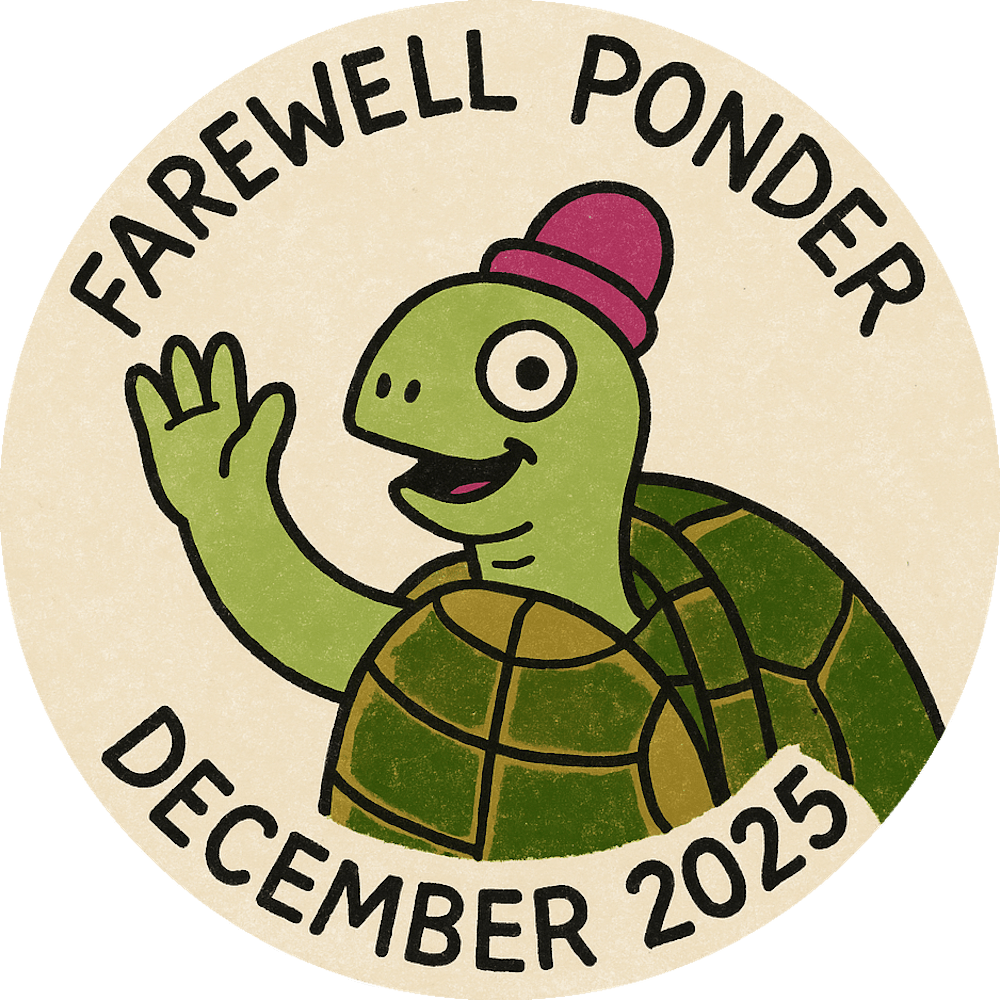
Trying out Pokémon TCG Pocket
I saw that Pokémon TCG Pocket has a special event coming up and Tyler has been collecting on this app for a long-time so I decided to join in as well.
If you want to connect with me my friend code is 2059-0580-7070-6014.
An observation on TCG Pocket — if you owned Pokémon and had a huge market of collectible cards and believed there was a future for digital collectibles, like NFTs, this app is exactly what you would create. You have a brand new ecosystem of digital only cards to get people used to all the typical things you do with the current physical cards and create a whole additional digital ecosystem. It isn’t blockchain based today, but the consumer behavior is the thing to focus on now how it is done.

Saw this item in my RSS feed tonight. I had forgot about this feature in POAP2RSS. It worked as intended and I unsubscribed from the this event feed.

POAP 7454382 at SPS TechJam 2025 - Attendee.
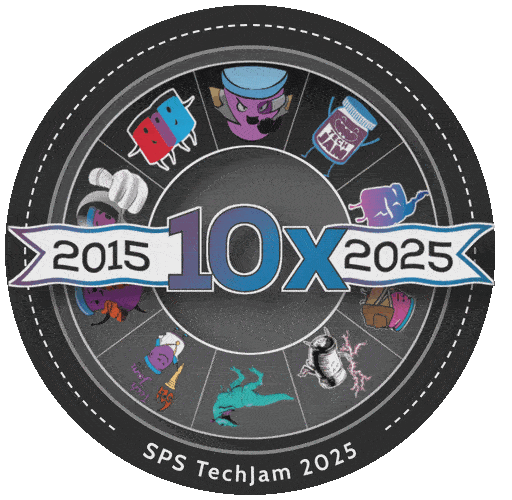
POAP 7453396 for SPS Women in Tech Q3 2025 Lunch & Learn.
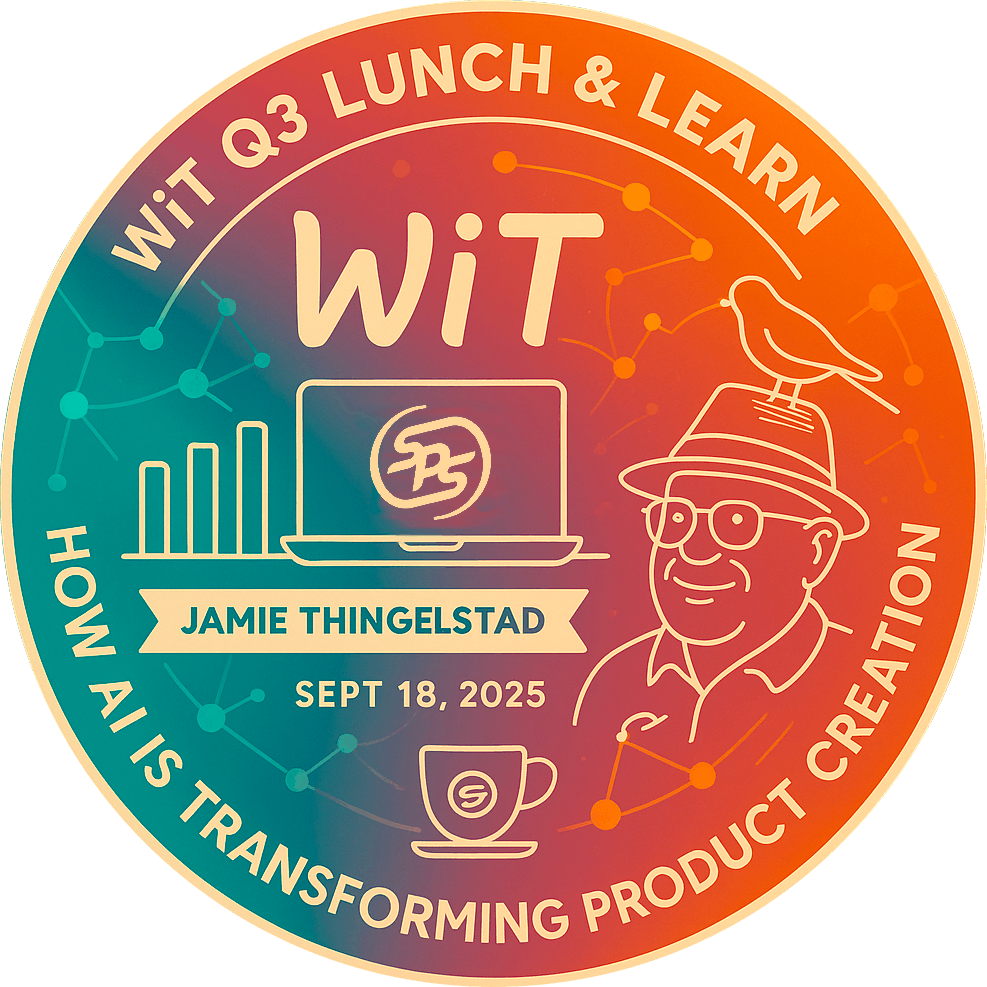
The image for this POAP was created via GPT-5 with the prompt:
I would like you to generate an image for a circular POAP badge with a vibrant teal-to-orange gradient background. At the center is the Women in Tech (WiT) logo — a clean, minimal flat-style laptop with coffee and charts inside, outlined in white. Radiating outward are subtle glowing neural network dots and arcs, minimal and elegant, giving an AI-inspired futuristic vibe. At the bottom-right inside the circle is a small playful line-art outline portrait of Jamie Thingelstad, wearing a hat with a bird perched on it, drawn in the same minimal outlined style as the WiT logo. Inside the circle edges, curved text: on top “WiT Q3 Lunch & Learn”, on bottom “How AI is Transforming Product Creation”. A small ribbon banner under the logo reads “Jamie Thingelstad · Sept 18, 2025”. Fun, playful, but clean and polished, with all elements fully contained within the circle for cropping.
POAP 7450052 at SPS Kubb Tournament 2025.
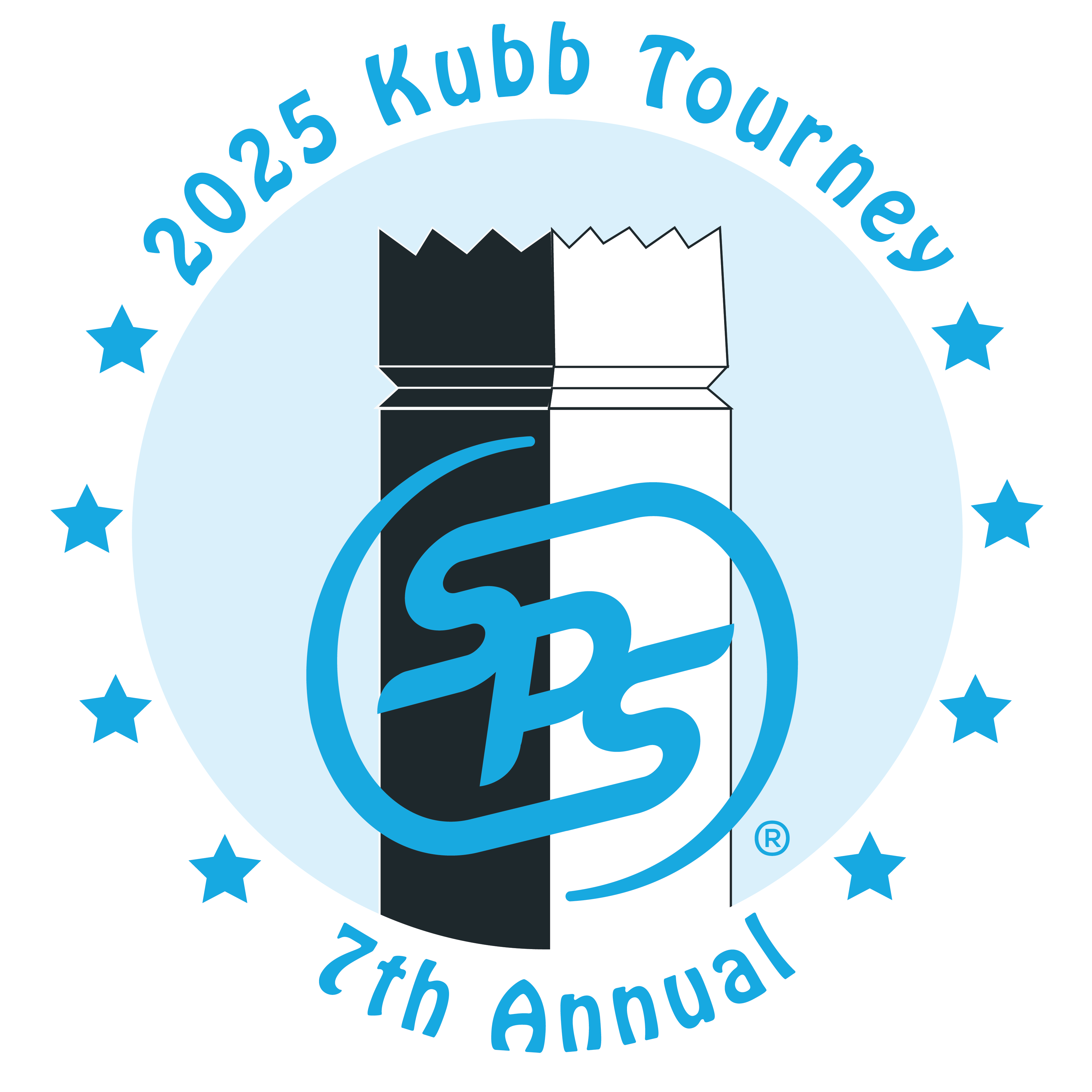
Mapping out the final six locations we need to collect for Tammy, Mazie, and Tyler to also win the 612 POAP Challenge. 🤩

